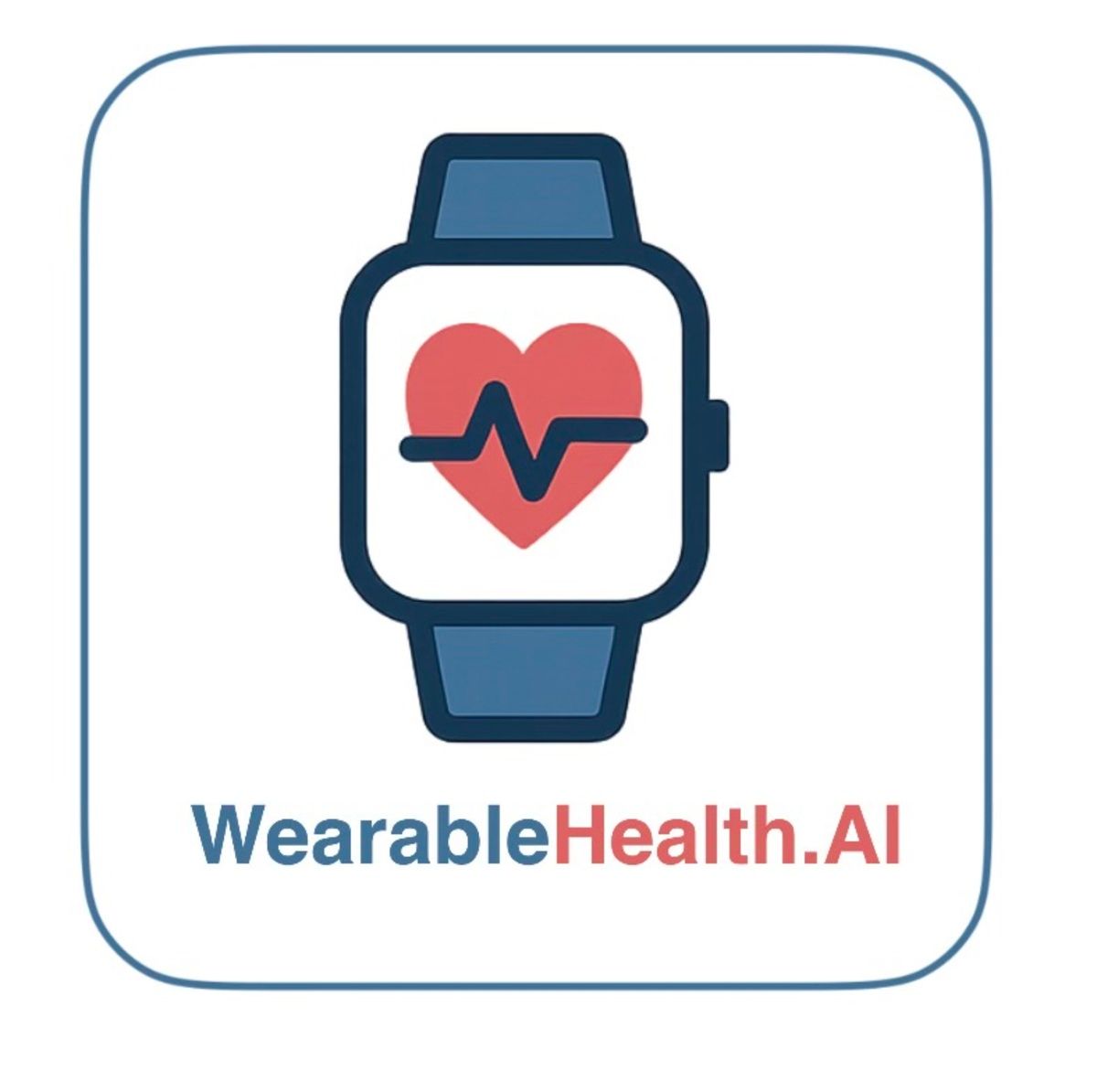As a practicing cardiologist, I often question the efficacy of checking blood pressure solely within the confines of a doctor’s office. A “one-time snapshot” is rarely representative and can mislead both patients and providers. Office measurements are limited by the white coat effect, inconsistent techniques, and recent physical activity that may skew results.
Instead, imagine checking your blood pressure:
First thing in the morning, when you are anticipating your day.
While stuck in traffic, heart pounding with frustration.
As you decompress in the backyard.
These are the real moments that matter—and today’s wearables make capturing them possible.
The Rise of Cuffless, Continuous Monitoring
Thanks to advancements in sensor technology and machine learning, wearable devices now offer real-time, continuous blood pressure trend analysis—without the bulk of a cuff. I believe the new WHOOP MG will be a game changer, delivering personalized insight into blood pressure patterns that were previously invisible.
Here’s a breakdown of the current landscape separated by how they work:
1. Cuffless Optical Devices (PPG-Based, using light)
These rely on photoplethysmography (PPG)—light sensors detecting blood volume changes—paired with sophisticated algorithms.
WHOOP (MG Tier): Tracks blood pressure trends during sleep using proprietary PPG models. Ideal for observing overnight cardiovascular stress and recovery.
Samsung Galaxy Watch 5/7: Uses pulse wave analysis; requires periodic calibration with a cuff for accuracy.
Asus VivoWatch 6 Aero: Combines ECG and PPG data for improved accuracy in estimating BP.
Apple Watch (Rumored): Upcoming models may feature cuffless BP via PPG and machine learning.
2. Miniaturized Cuff-Based Devices (Oscillometric Method)
These incorporate actual inflatable cuffs into wearable form, offering more traditional, validated readings.
Omron HeartGuide: FDA-cleared; uses a wrist-based inflatable cuff for oscillometric BP readings.
Huawei Watch D: Integrates a micro-pump and inflatable band, providing clinical-grade BP accuracy.
YHE BP Doctor Pro/Fit: Features patented inflatable tech that provides real-time, on-demand blood pressure readings.
3. Hybrid and Emerging Technologies
These combine multiple data streams and AI-driven analytics for robust, continuous monitoring.
Hilo Band: CE-marked; uses PPG and pulse wave analysis. Measures BP 25–50 times daily when the user is still. Validated in six clinical trials.
Sky Labs CART BP Ring: Not yet available in the U.S.; combines PPG and deep learning for continuous cuffless BP estimation.
Fitbit (In Development): Reportedly developing a hybrid solution that blends PPG with phonocardiography (heart sound analysis) for advanced BP monitoring.
Final Thoughts
Cuffless wearables are changing the narrative from sporadic readings to contextual, continuous blood pressure insights. While not every device is FDA-cleared for diagnosis, many are clinically validated and offer game-changing visibility into cardiovascular health. The future of cardiovascular care is coming in the form of a ring, watch, or band.
#digitalhealth #Hypertension #wearables #wearableintegratedhealthcare WHOOP Samsung Healthcare ASUS Omron Products and Solutions Huawei Cloud Core Fitbit (now part of Google) Sky Labs Hilo by Aktiia
